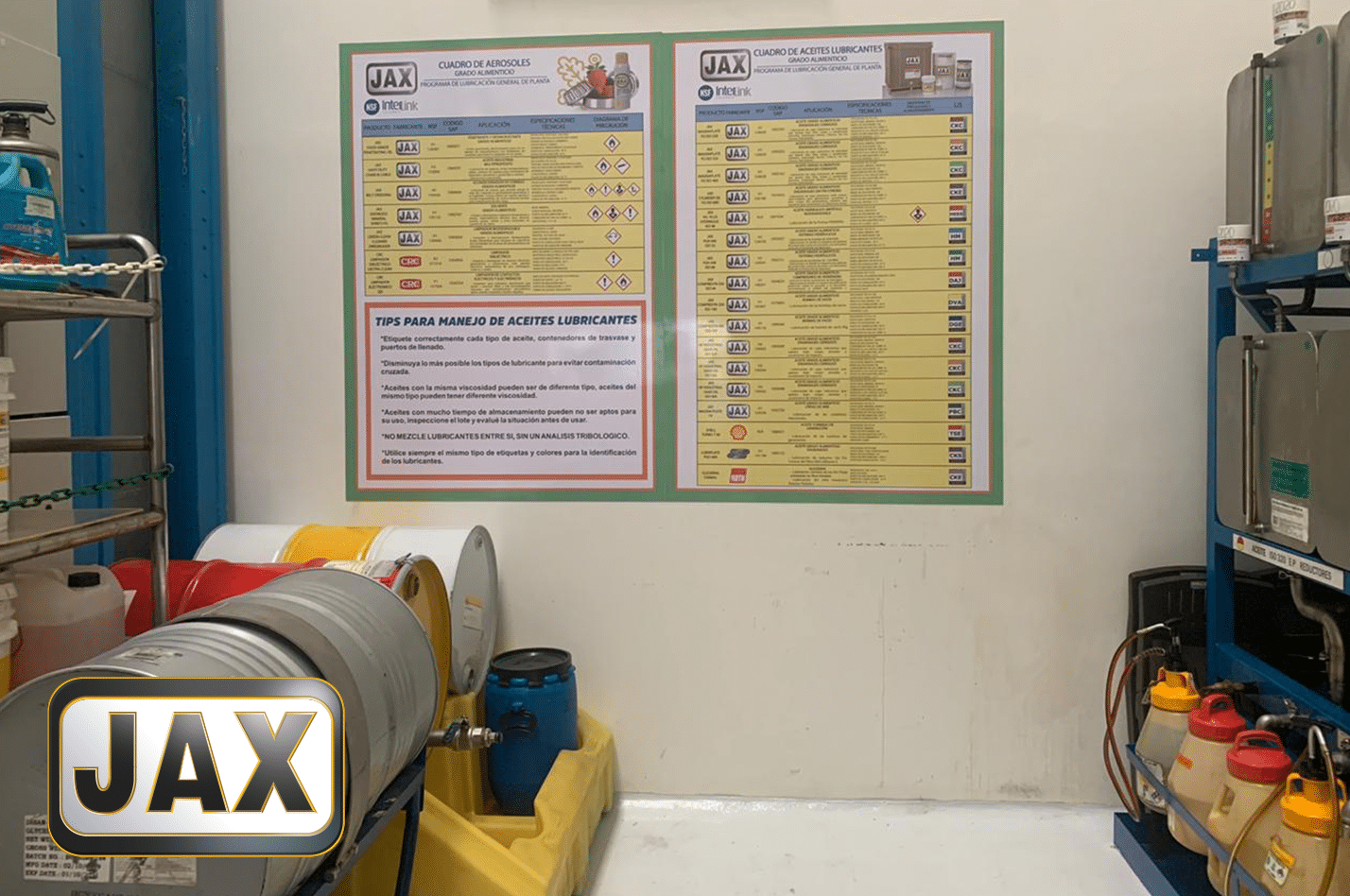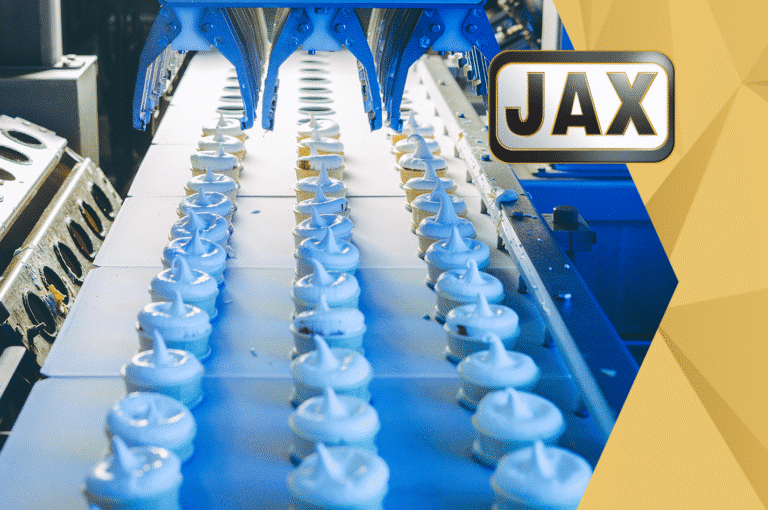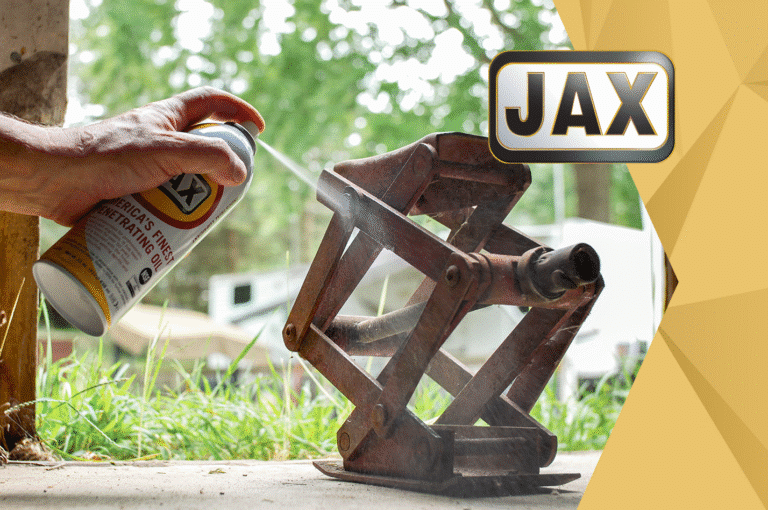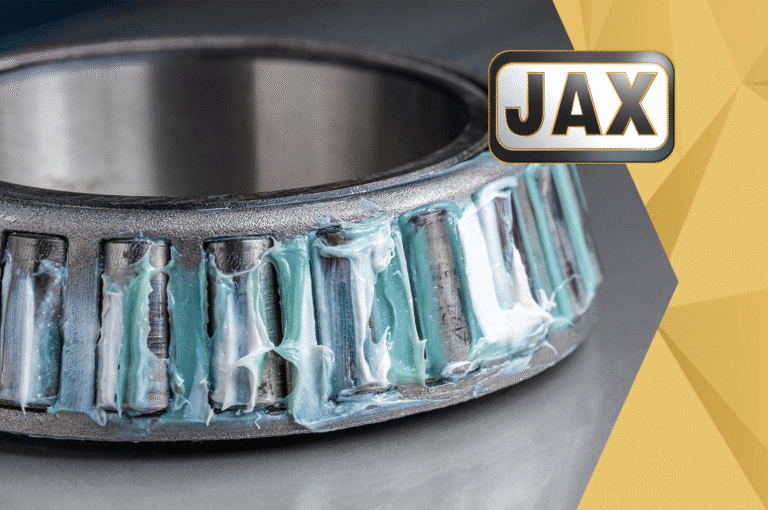Proper storage and handling of lubricants is critical to maintaining their quality to safeguard your equipment and ensure operational efficiency. Without attention to best practices, contamination, degradation, and mismanagement can lead to equipment failure, increased costs, and safety risks. Protecting your lubricants is more than just maintaining product integrity —it’s about safeguarding your business operations.
Indoor storage
Storing lubricants indoors is the preferred method to ensure their longevity and integrity. A well-organized, climate-controlled environment offers the best protection against contaminants and degradation
Climate control
Store lubricants in a clean, dry, and covered facility. For greases, maintain storage temperatures between 32 and 86°F to prevent breakdown and separation. For fluids, a temperature range of 40 and 80°F is ideal. Aerosols should be kept around those temperatures, and should never be allowed in temperatures exceeding 120°F.
Centralize and simplify
Limit the number of different products stored on-site to reduce the risk of confusion and cross-contamination. By consolidating, you’ll streamline inventory management and enhance safety.
- FIFO system: Ensure older stock is used first with a first-in, first-out (FIFO) strategy. This reduces the chance of using expired lubricants and ensures the most recent stock is always in circulation.
Outdoor storage
While indoor storage is always the best option, outdoor storage may be unavoidable in certain scenarios. In these cases, additional precautions are essential to maintain product quality.
- Cover and contain: Store drums horizontally on racking, or at least tilt them slightly if horizontal storage isn’t possible, to prevent water ingress. Always aim to keep water-based products indoors, as extreme temperatures can cause evaporation or freezing.
- Monitor inventory turnover: Keep outdoor lubricant stocks as low as possible and ensure they’re regularly rotated to minimize exposure to the elements.
Handling lubricants
Handling lubricants with care is as important as storing them properly. Each fluid transfer presents an opportunity for contamination if best practices aren’t followed.
- Clearly label containers: Cross-contamination can be costly, so it’s essential that all lubricant containers are clearly labeled. Color codes and shape markers are commonly used to differentiate products.
- Dedicated tools: Use designated pumps, hoses, and piping for each type of lubricant to maintain purity during transfers to avoid cross-contamination between different lubricants. Never use open or dirty containers and clean transfer containers after every use.
- Minimize exposure: Avoid keeping containers open for extended periods, and always ensure lids, caps, and bungs are securely sealed after use.
General storage guidelines
Dirt, debris, water, and other contaminants are constantly seeking entry points into your lubricants. Whether stored indoors or outdoors, the risk of contamination increases when storage areas and containers aren’t properly managed.
- Design a lubricant storage room: Keep lubricants in a separate, climate-controlled room away from production areas where dust, debris, and particles could contaminate fluids.
- Keep containers sealed: Make sure barrels are stored on their sides, with the bungs at 9 and 3 o’clock, and never leave barrels or pails with makeshift covers. The expansion and contraction of containers due to temperature changes can allow contaminants to enter if seals are compromised. For grease drums with liners, ensure the plastic liner is not causing any unwanted holes despite the locking ring being secured tight.
By following these practices, you’re taking steps to preserve the quality and effectiveness of your lubricants, safeguarding the investment you’ve made and protecting the equipment that drives your operations.









